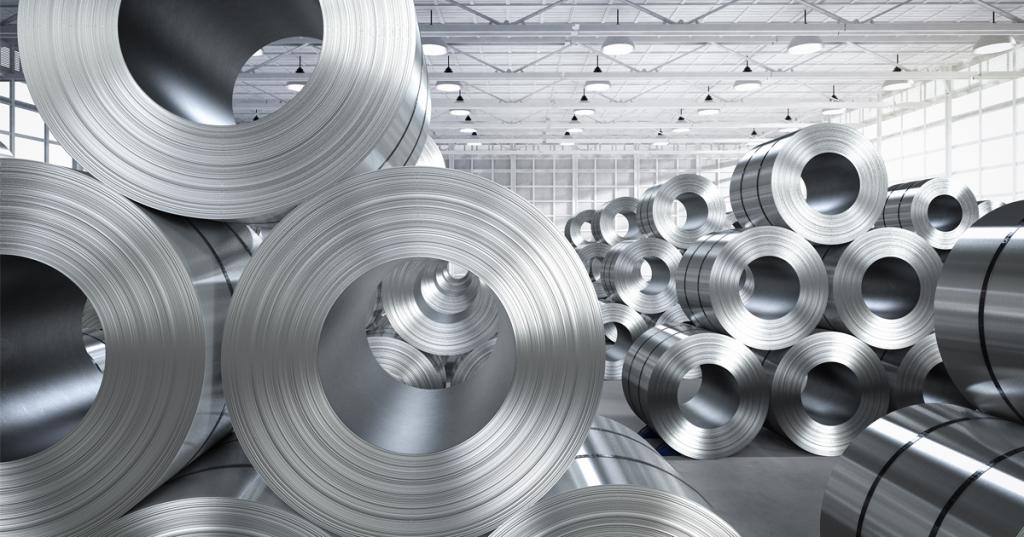This article will focus on one of the most common and widely used steel grades. We will briefly describe what it is used for, talk about one extremely interesting thermal procedure, even advise you to familiarize yourself with several documents, such as GOST 8479-70, as well as tell about the chemical composition of steel and tell how it affects its characteristics.
Application
So, we will start from the very, in our opinion, obvious, but no less important issue, namely, from what 20khn3a steel is used for. Most often, parts are made from this grade of steel, which are subsequently subjected to a cementation process. This means that such details will need to be combined in future with surface hardness and internal ductility.
Such requirements are usually imposed on products that, during their operation, will in one way or another be subject to stresses, including shock. In this case, a hard surface layer will prevent the deformation of the part, and the inner soft layer will take on all the physical consequences of the impact and absorb them without harm to the part. This category includes shafts, studs, bolts, gears and bushings, and much more.
Steel cementing
And since we mentioned the cementation of 20xx3a steel, it’s worth telling you, albeit briefly, about what this process is. The very essence of the process is to saturate the obviously low-carbon (usually up to 0.2% C) steel with this very carbon, thereby giving it hardness. However, it must be understood that such a process only carbonizes the surface layer of metal products in the range of 0.5 to 2 millimeters, leaving the middle soft and supple.
The cementation process itself, which gives the 20KhN3a steel the characteristics of increased strength, proceeds at elevated temperatures (850-950 ° C) in a carbon-containing medium. At enterprises gas cementation is usually used using methane or carbon monoxide, however, a similar procedure can be carried out using charcoal or a solution of sodium carbonate.
When heated to the aforementioned temperature, the steel goes into the active phase and adsorbs carbon from the environment. However, this process is rather slow. For carburizing a layer of one millimeter, 4 to 10 hours are spent, depending on the cementation method.
Chemical composition
As you know, the characteristics of absolutely all steel grades depend primarily on alloying elements in its final composition. It is the additives of chemical elements that in the end give the necessary properties to steel, whether it is hardness or, conversely, ductility, resistance to corrosion or impact loads. That is why it is sometimes so important to study the composition of steel. The easiest way to do this is by looking at the relevant GOST. Steel 20hn3a is mentioned in many GOSTs, therefore, in order to facilitate your searches, we will list all the elements and their mass fraction in the steel directly in this article.
It looks like this:
- Carbon - 0.2%.
- Chromium - 0.75%.
- Nickel - 2.95%.
- Manganese - 0.45%.
- Silicon - 0.27%.
- Copper - 0.3%.
- Sulfur and phosphorus - 0.025%.
Characteristics
All the basic properties of any of the steel grades will inevitably be investigated, then checked and ultimately recorded in a regulatory and technical document, that is, GOST. For example, in order to better understand the topic of the article and the topic of metallurgy in general, we advise you to pay attention to GOST 8479-70, as well as GOST 4543-71, 7417-75 and 103-2006. Studying these documents, you will most likely encounter incomprehensible terms and designations, which you would also like to familiarize yourself with so that studying such documents would not be so difficult.

However, we were a little distracted from the topic. Since we have already familiarized ourselves with the chemical composition of steel 203, we can quite accurately determine its basic properties. This steel, due to impurities of nickel, chromium and copper, is endowed with good corrosion resistance, which is very important for many parts made from this grade of steel. In addition, the increased nickel content increases hardenability, which will undoubtedly facilitate the cementation process.
The hardness here is primarily responsible for carbon, which is undoubtedly extremely small to ensure the initial hardness of steel 20hn3a. Silicon and chromium slightly improve the situation, but their effect on the strength and hardness of steel is extremely insignificant.